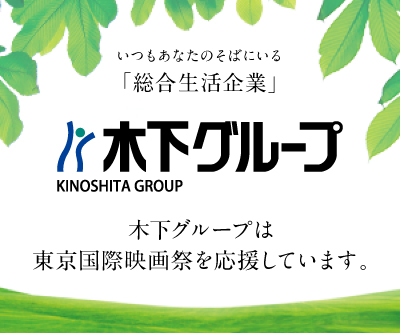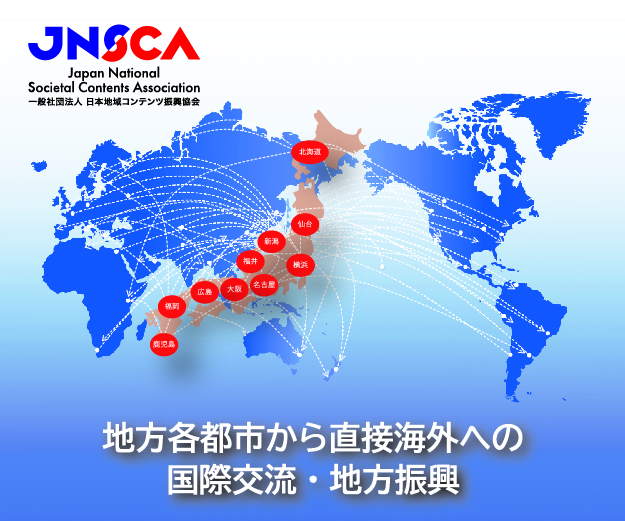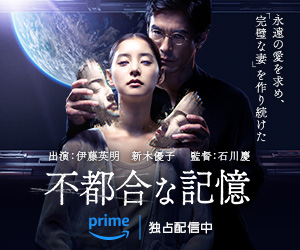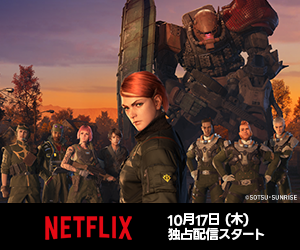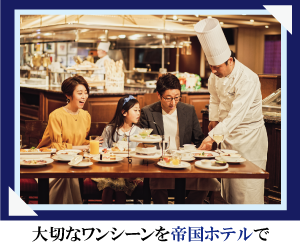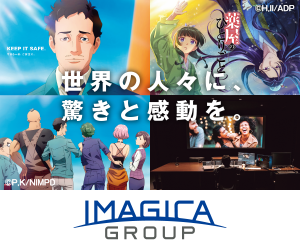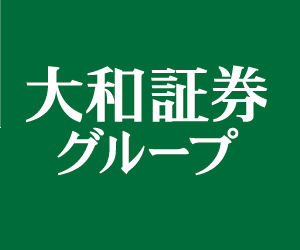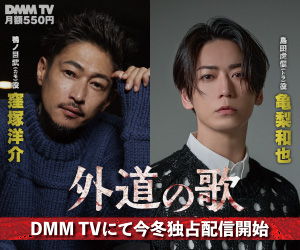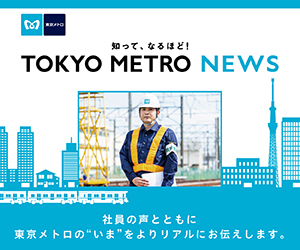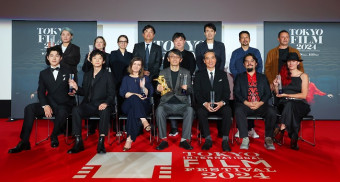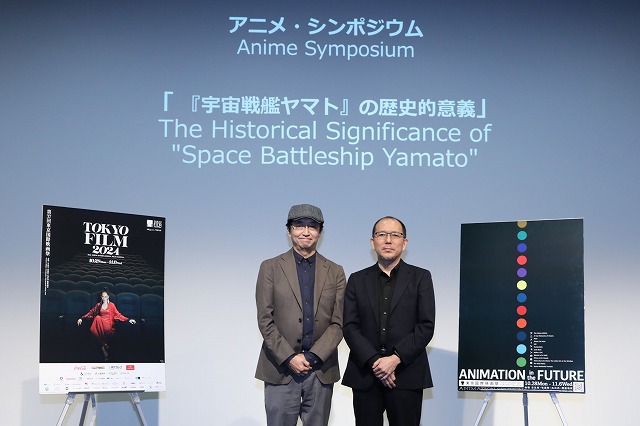
When Space Battleship Yamato first appeared on Japanese television airwaves in 1974, airing opposite of the conclusion of the hit NHK prestige anime Heidi, Girl of the Alps, ratings were initially nothing to write home about. And yet, the anime became a landmark series in Japanese animation history and is still widely revered. It has also been repeatedly rebooted and remade into multiple animated and live-action versions, the latest of which is a project to mark its 50th anniversary that will be spearheaded by Anno Hideaki (Neon Genesis Evangelion, Shin Godzilla) and his Studio Khara.
To discuss the reasons for its success and enduring popularity, anime and tokusatsu researcher Hikawa Ryusuke joined TIFF Animation Programming Advisor Fujitsu Ryota for a wide-ranging and informative discussion at the Historical Significance of Space Battleship Yamato symposium held on October 31 at the 37th Tokyo International Film Festival.
Space Battleship Yamato — adapted as Star Blazers in the United States — is set in a future where an irradiated Earth only has a year to survive, following the effects of multiple nuclear bombings from an alien race known as the Gamilas. Hope is provided from the faraway planet Iscandar, which offers a device that will neutralize the radiation. An international crew headlined by Capt. Okita Juzo and cadet Kodai Susumu board the Yamato, a space warship derived from its World War II ancestor, in order to fetch the device from Iscandar and save the human race from extinction.
Yamato first appeared on airwaves during a time of great activity in the anime industry. Hikawa explained how many of Yamato’s freelance animators and directors were assembled from redundancies from larger studios who had been working on a diverse array of series simultaneously, from family-oriented shows like Heidi, Girl of the Alps to action series like Samurai Giants and Zero Tester. Many shows were depicting new styles through Xerox technology, tracing machines, and the adoption of color, as well as increasingly mature themes and complex stories.
Despite these advances, animated works at this time were known as “TV manga” (terebi manga) and lumped together with live-action special effects (tokusatsu) shows. The public still viewed the term “manga” in a derogatory way as primarily a form of children’s entertainment. Most large animation studios at the time, like Toei Animation or Mushi Productions, adapted existing manga or received support from a sponsor, giving these shows the feeling of an advertisement for another product.
Yamato, however, was an original work, a rarity at the time. Producer Nishizaki Yoshinobu ended up producing it independently at Office Academy, a smaller animation studio, but conceived the series with the profits from sales of licensed characters, allowing the series to be made without any sponsor or pre-existing work.
To sustain it, Yamato appealed to a theretofore underserved anime audience: the teen segment. Publishers were involved in promoting the anime through magazine features, art books and soundtracks, creating a media mix of content directed toward a more media-literate consumer willing and able to spend on their hobbies. This reflected a key development in anime produced in the 1970s: the maturity of its audience.
The show also benefitted from a new development in television of the 1970s: syndication. Complex shows that were difficult to follow week to week could be more easily understood if watched in the more limited timeframe of a rebroadcast — although this could also humorously backfire in that audiences might now more easily recognize inconsistences in the plot.
From the perspective of its content, Hikawa argued that what separated Yamato from its predecessors — and continues to distinguish anime as a distinct mode of animation — was its attention to the details of its world (sekaikan). Showing various stills from the anime’s futuristic and dystopic landscapes, Hikawa argued that unlike Japanese shows like Astro Boy or American cartoons and comics which focus on the repetitive exploits of individual characters, Yamato emphasized the voyage itself. This allowed the series to depict the time and space of its world beyond its characters’ perspectives.
This detail in Yamato is manifested not only in the look or feel of environments, but in their logical functionality. Hikawa displayed production sheets that showed how designers thought to illustrate how the turrets on the battleship’s exterior would move or look when destroyed. Such a detail might be animated when the situation called for it, but the staff wanted to visualize such concepts from the earliest stages of production, making the creative contributions of the art department more important than the script or storyboard.
So impressed was Hikawa from watching Yamato as a 16-year-old student when it first aired, that he was among the many fans who journeyed to the show’s studio, what at the time was a small office located above a bakery in Nerima ward, to learn more about its production background. This activity can be regarded as one of the first “anime pilgrimages” (visits to real-life locations connected to or represented in the anime) for the burgeoning otaku fandom of rabid anime and manga fans that would grow in popularity from the late 1970s. They would make Yamato’s 1978 cinematic sequel, Farewell to Space Battleship Yamato, one of the highest grossing animated films in Japanese box office history.
Such intense fan interest underlines Yamato’s legacy in its legitimization of anime as both a business and artform to be taken seriously today.
Anime Symposium:The Historical Significance of “Space Battleship Yamato”
Symposium Panelists:Hikawa Ryusuke (Researcher on Anime and Tokusatsu/ Professor, Meiji University Graduate School)











